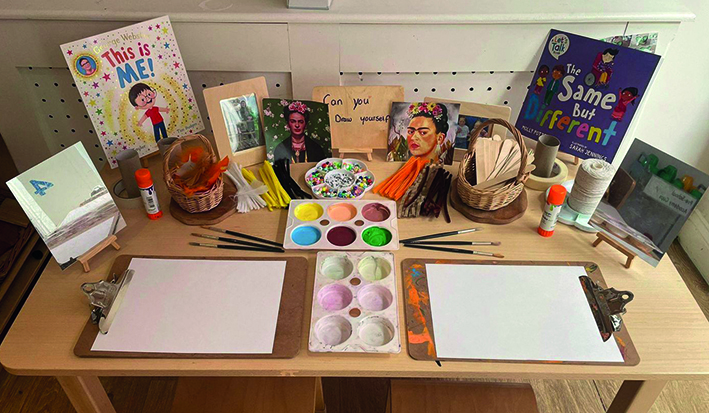
Why they participated
‘Our pre-school children are a cohort whose early lives were fully affected by Covid and need a lot of support with their wellbeing,’ says manager Sara Rodriguez. ‘We thought it would be empowering to be part of the project so the children could learn that their voices can and should be heard – to be proud of who you are.’
Starting discussions
 At Bright Horizons in Worthing, staff often spark discussions through provocations, so it was decided to introduce the project in this way, with practitioners joining with the conversations to support and extend children’s comments and ideas.
At Bright Horizons in Worthing, staff often spark discussions through provocations, so it was decided to introduce the project in this way, with practitioners joining with the conversations to support and extend children’s comments and ideas.
Register now to continue reading
Thank you for visiting Nursery World and making use of our archive of more than 35,000 expert features, subject guides, case studies and policy updates. Why not register today and enjoy the following great benefits:
What's included
-
Free access to 4 subscriber-only articles per month
-
Unlimited access to news and opinion
-
Email newsletter providing activity ideas, best practice and breaking news
Already have an account? Sign in here
